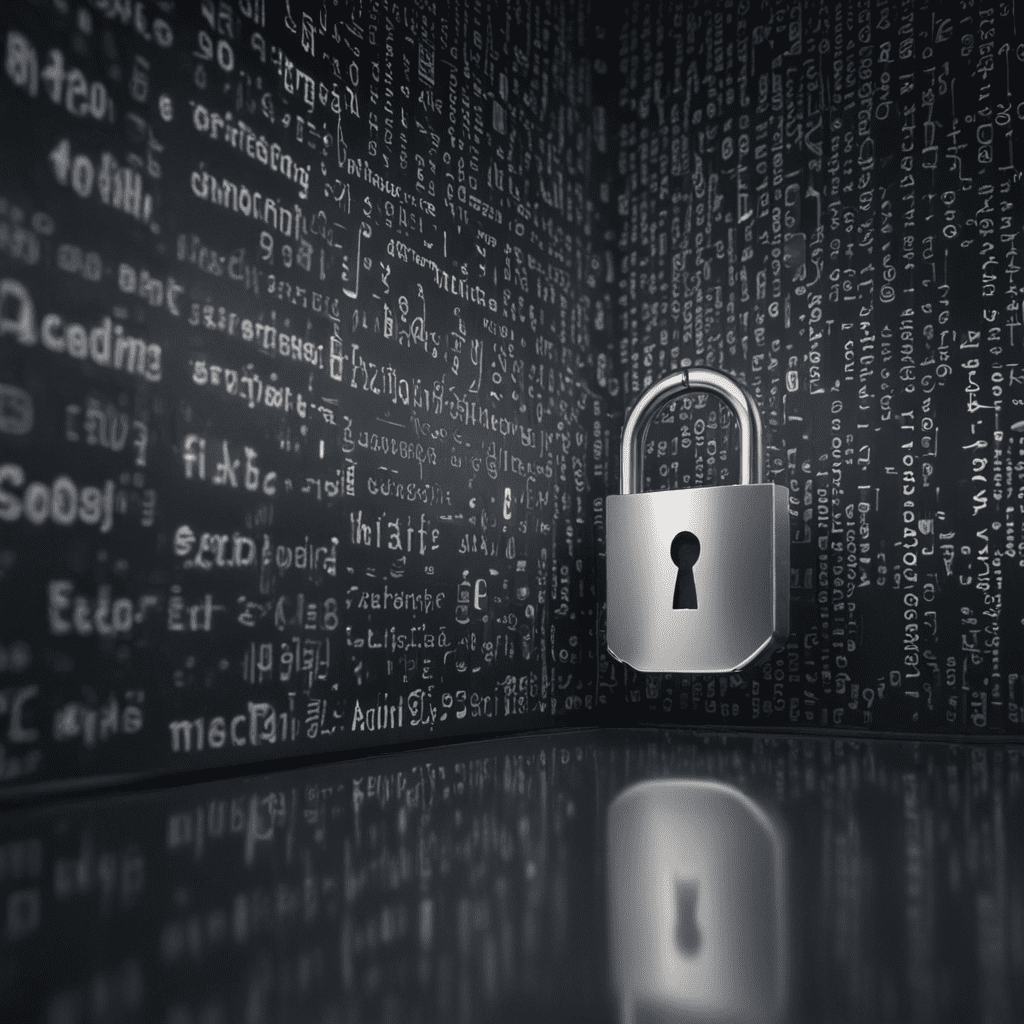Exploring the Role of Biometric Authentication in SaaS Security
I. Introduction
SaaS (Software as a Service) has become a cornerstone of modern business, offering numerous advantages such as flexibility, accessibility, and cost-effectiveness. However, with the increasing reliance on SaaS applications, concerns about data security and unauthorized access have intensified. This is where biometric authentication emerges as a powerful solution, enhancing SaaS security measures and safeguarding sensitive data. Biometric authentication utilizes unique physical or behavioral characteristics of individuals to verify their identity, providing an additional layer of protection that traditional password-based systems often lack.
II. Types of Biometric Authentication Technologies
Various biometric authentication technologies are available, each with its own strengths and limitations. Common modalities include:
Fingerprint Recognition: This widely used method relies on capturing the unique patterns of an individual's fingerprints. It is relatively inexpensive to implement and offers a high level of accuracy.
Facial Recognition: This technology analyzes facial features and maps them to a digital template. It enables convenient hands-free authentication but can be susceptible to spoofing attempts.
Iris Scanning: Iris scanning involves capturing images of the colored part of an individual's eye. It provides exceptional accuracy and security, making it suitable for high-risk applications.
- Voice Recognition: This method analyzes speech patterns, including pitch, intonation, and pronunciations. It offers convenience and user-friendliness but may be vulnerable to impersonation attacks.
VI. Best Practices for Implementing Biometric Authentication in SaaS
To ensure effective implementation of biometric authentication in SaaS applications, best practices include:
Strong Password Policies: Implement robust password policies that enforce complex and unique passwords, minimizing the risk of unauthorized access if biometric authentication is bypassed.
Multi-Factor Authentication (MFA): Combine biometric authentication with MFA, requiring multiple forms of verification, such as SMS-based OTP or security questions, to enhance security.
Data Encryption and Storage: Encrypt biometric data during transmission and storage, utilizing industry-standard encryption algorithms to safeguard sensitive information from unauthorized access.
VII. Case Studies and Real-World Applications
Numerous successful implementations of biometric authentication in SaaS demonstrate its effectiveness:
Healthcare: Biometric authentication enables secure patient access to electronic health records (EHRs), ensuring patient data privacy and reducing the risk of unauthorized access.
Financial Services: Financial institutions leverage biometric authentication to protect sensitive financial data and prevent unauthorized transactions, enhancing customer trust and reducing fraud.
Government Agencies: Government agencies use biometric authentication for secure access to sensitive information and facilities, ensuring national security and preventing unauthorized entry.
VIII. Future Trends and Advancements
Biometric authentication continues to evolve, with emerging technologies and advancements:
Emerging Biometric Technologies: New modalities such as behavioral biometrics, including gait analysis and keystroke dynamics, offer unique ways to enhance authentication security.
Integration with AI and Machine Learning: AI and machine learning algorithms enhance biometric authentication accuracy and efficiency, enabling real-time threat detection and adaptive security measures.
Biometric Authentication as a Service (BAaaS): Cloud-based BAaaS platforms provide cost-effective and scalable biometric authentication solutions for SaaS providers.
IX. Conclusion
Biometric authentication plays a crucial role in enhancing SaaS security, providing an additional layer of protection against unauthorized access and data breaches. Its advantages, including enhanced user verification, reduced fraud risk, and improved user experience, make it a valuable solution for SaaS providers. While challenges exist, such as cost and privacy concerns, best practices and ongoing advancements ensure that biometric authentication remains a viable and effective security measure in the SaaS ecosystem.
X. FAQ: Frequently Asked Questions on Biometric Authentication
Is biometric authentication 100% secure?
While biometric authentication offers a high level of security, it is not foolproof. Spoofing attempts and other vulnerabilities can compromise its effectiveness.How do I protect my biometric data?
Biometric data should be encrypted and stored securely to prevent unauthorized access. Strong password policies and MFA help safeguard your biometric information.What are the ethical concerns surrounding biometric authentication?
Privacy and ethical concerns arise due to the sensitive nature of biometric data. Transparent policies and user consent are crucial for ethical implementation.


